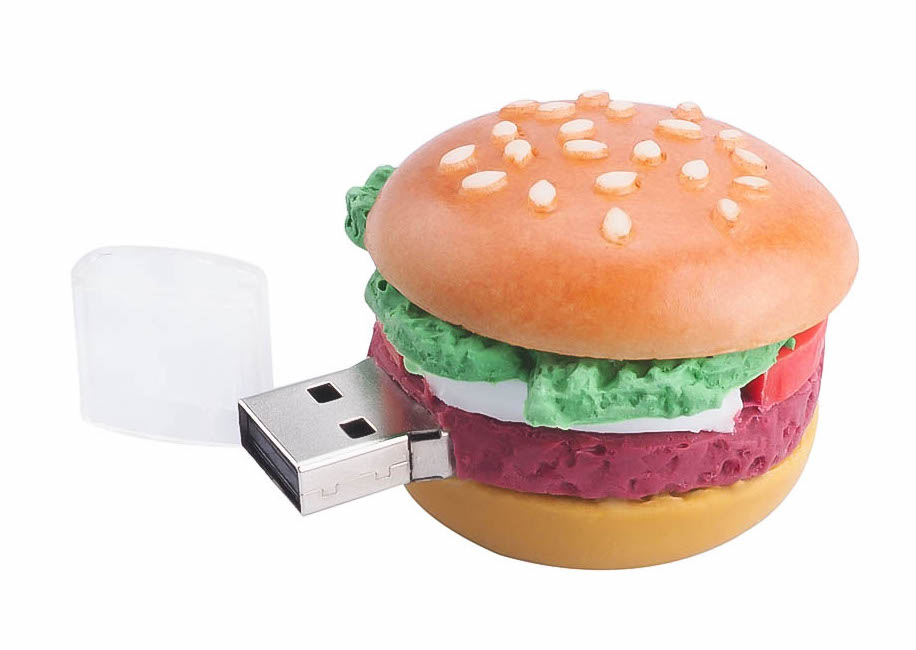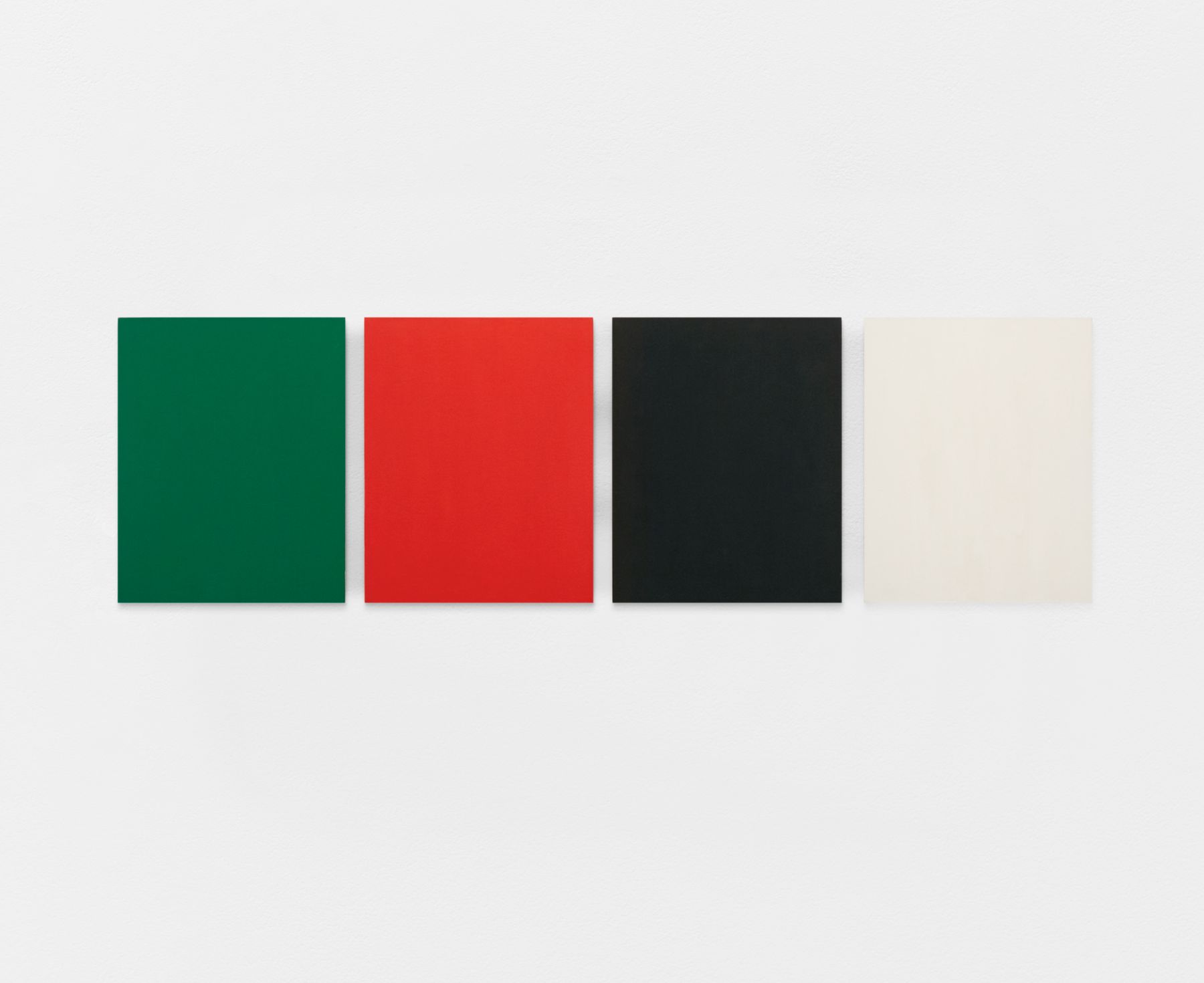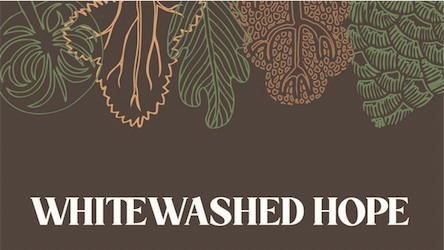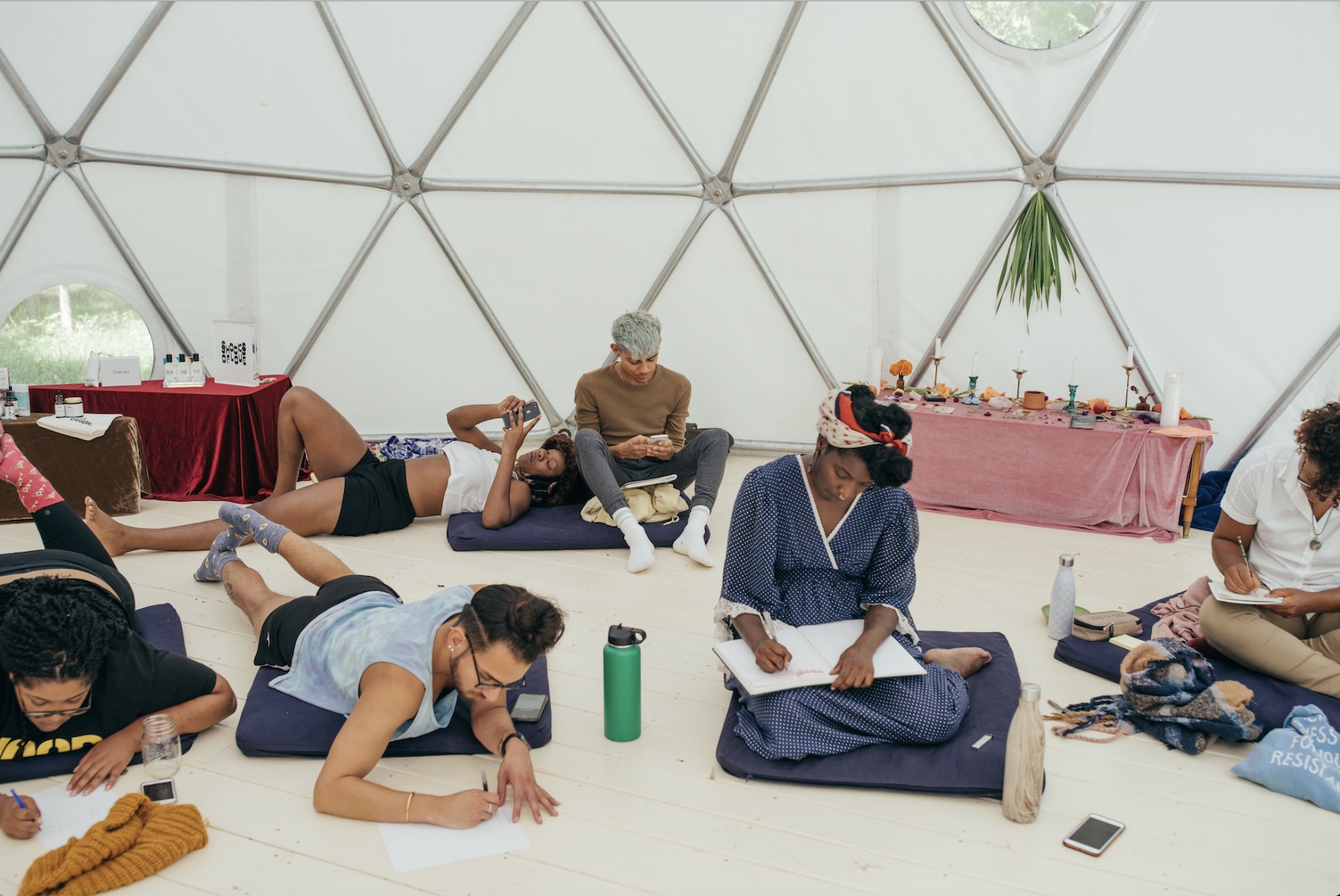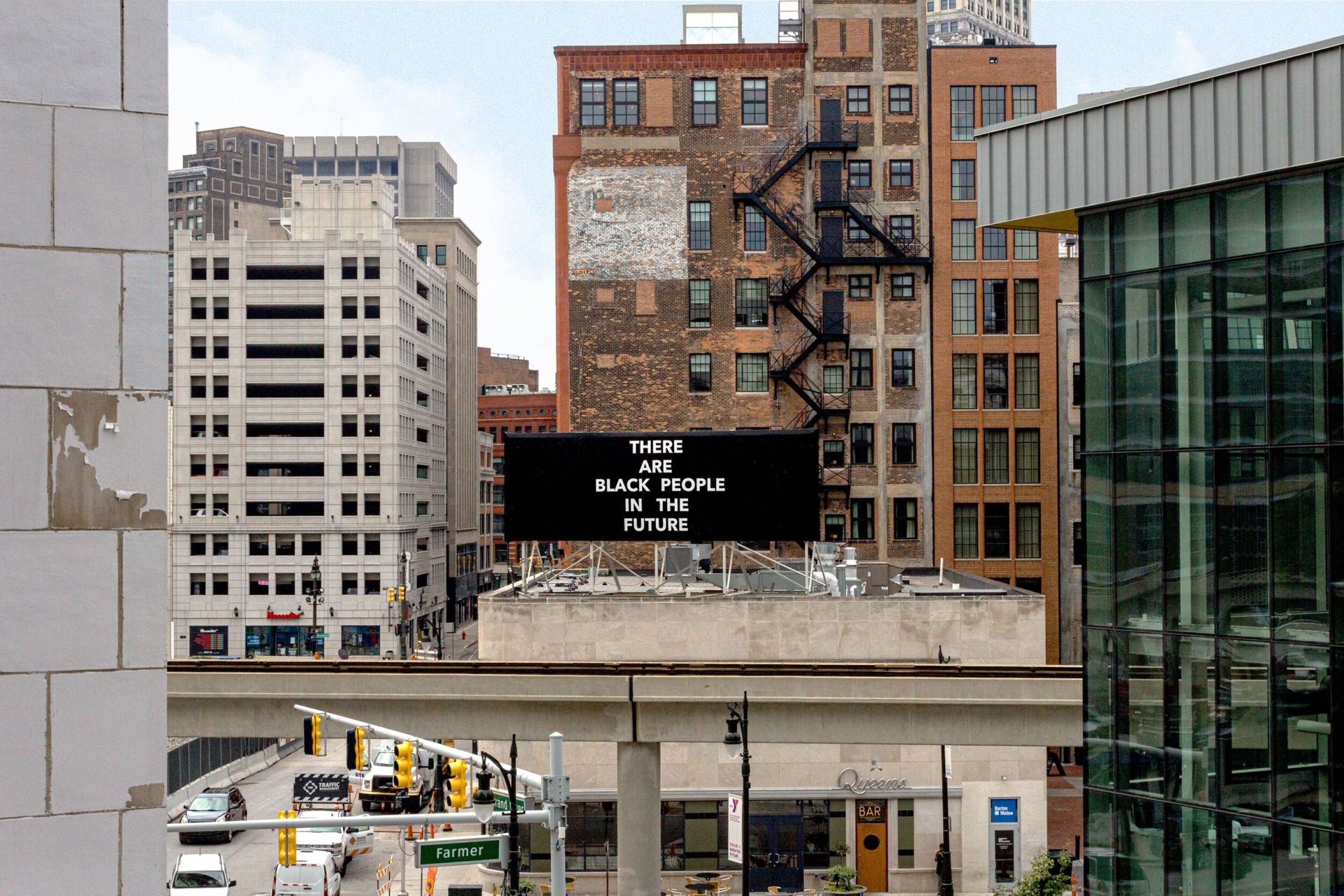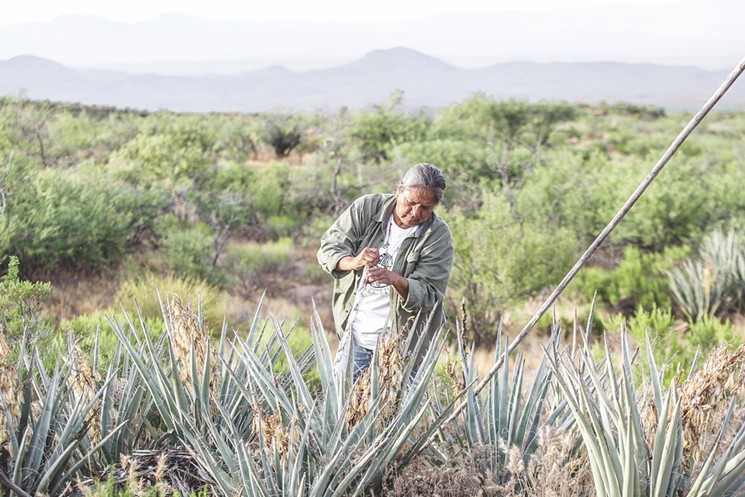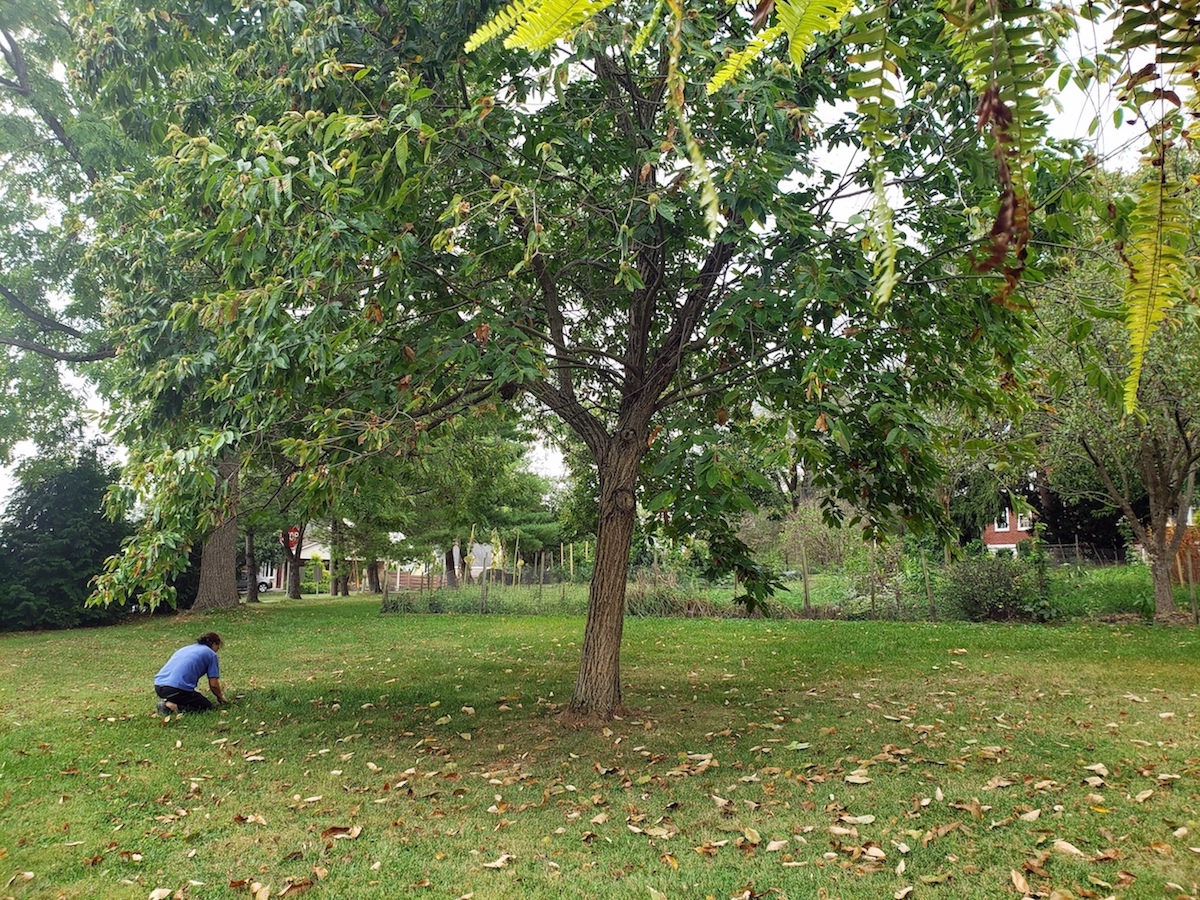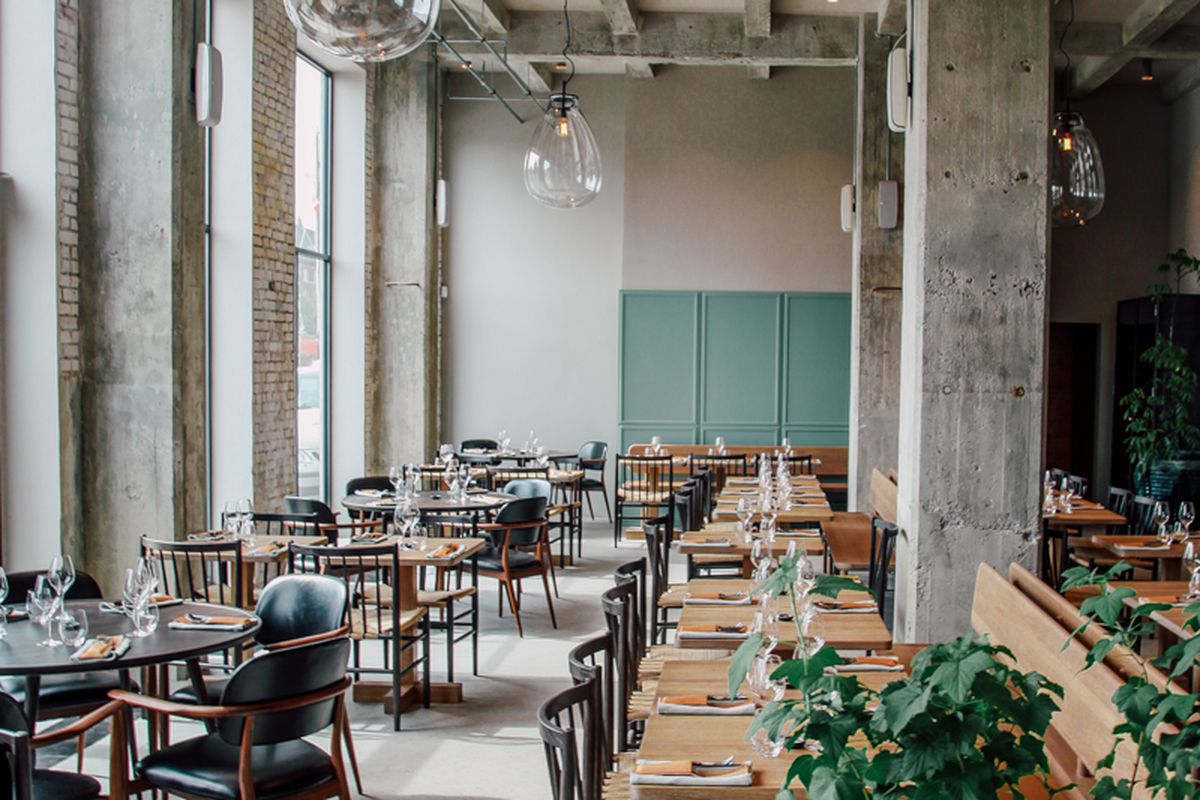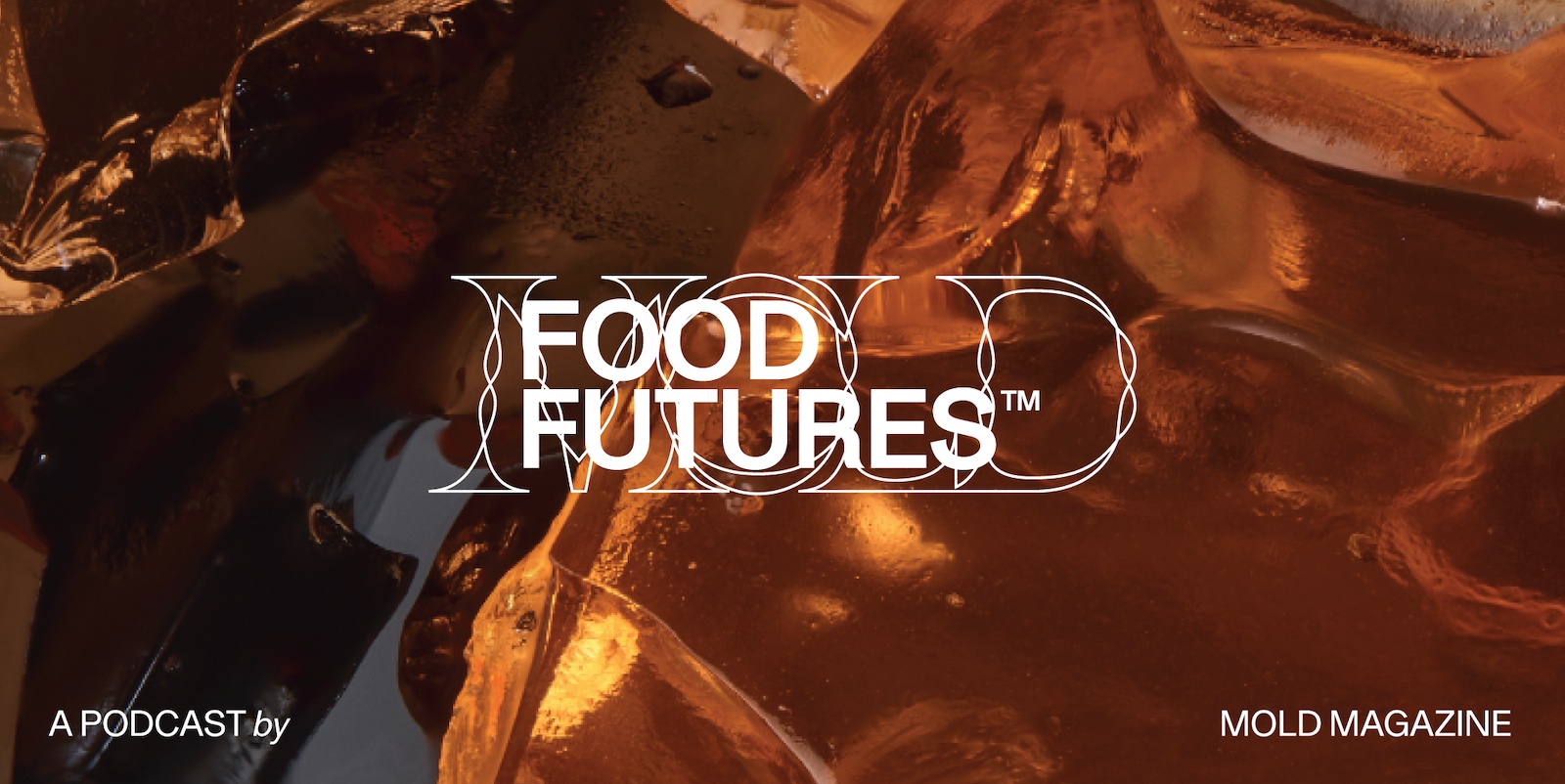When I asked Chef Ludo Lefebvre, the restaurateur behind Los Angeles’s Trois Mec, how he viewed the future of food as mediated by social media, he asserted that there was no future in digital mediums for food. The real power of food, he suggested, is the experience—the flavors, the company—and that could not be conveyed through a digital form. Many other chefs, designers, and hospitality experts have and will continue to respond with the same sentiment: that an authentic food experience involves a number of sensorial elements including the taste when the food hits the tongue, the setting, and equally as important, the company of people. And yet photos of fantastical food moments continue to flood across a spectrum of social media platforms, “feeding” an audience who experiences food removed from the physical act of eating and tasting flavors.
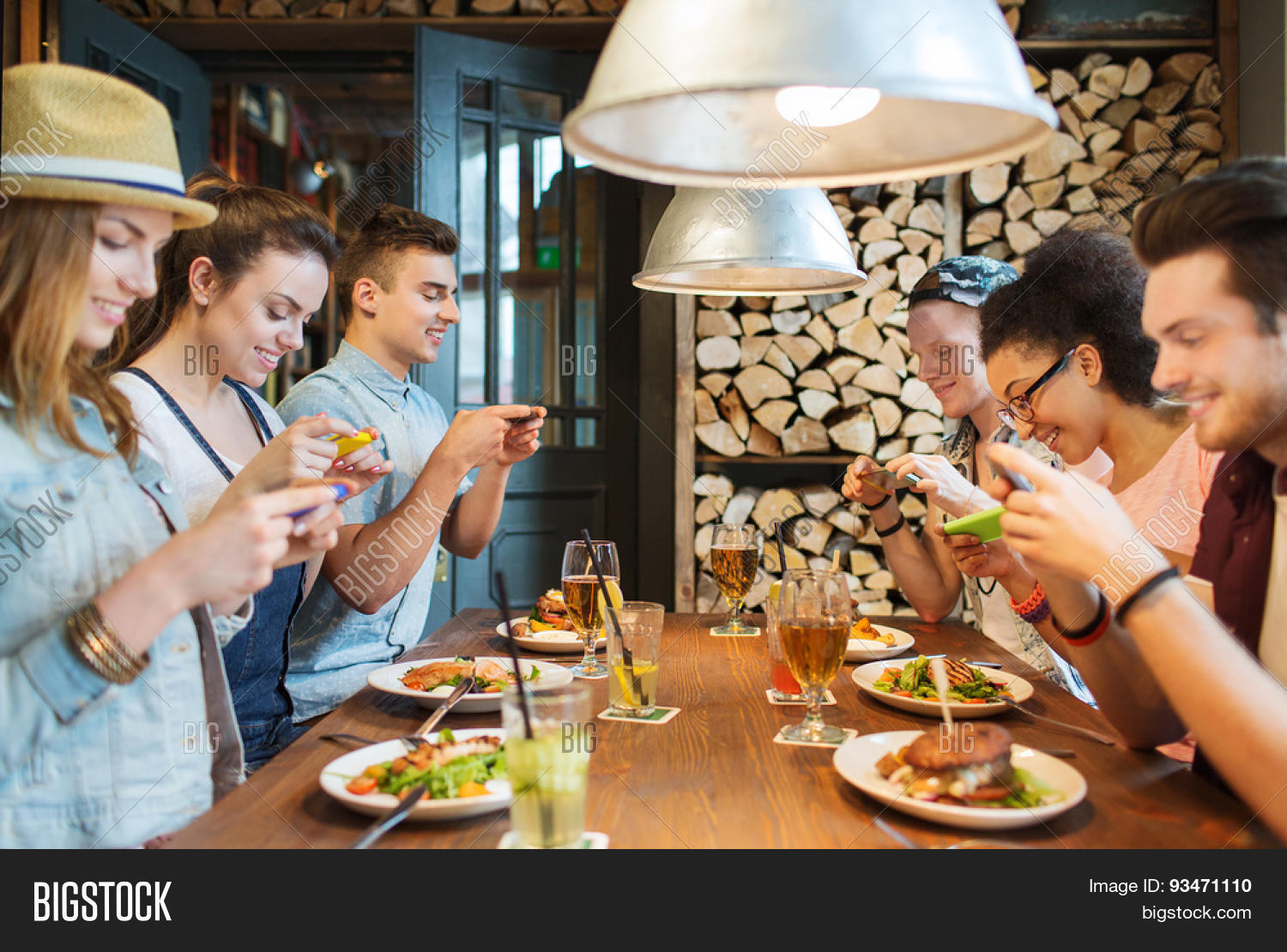 Stock photo of people taking pictures of their food.
Stock photo of people taking pictures of their food.
I have been fascinated by others’ fascination with food media. That is to say, food as a medium for design and communication. Media, fundamentally, are artifacts people create in order to communicate information and ideas with each other. From this fascination, a number of important questions arise:
- What are we trying to say to each other when we create and consume food media messages?
- Why do we click, watch, and share videos and pictures of food?
- When someone watches food media, they are not actively tasting, feeling, or smelling that food. Instead, a viewer must be getting something else from that food media… right?
As a graduate student at Massachusetts Institute of Technology (MIT), I am investigating these questions in depth to uncover what is happening below the surface of this fascination with food media. I am interested in what processes are necessary for the production and consumption of these food media experiences. My background in user experience design and research allows me to employ a user-centered and formalist approach to food media and its parallel technology in order to better understand the construction, diffusion and the end user experience of food media. My research is grounded in interviewing stakeholders from all over the food world: chefs, food bloggers, fans of food media, restaurateurs, designers, and others. Conversations within the food industry tend to stay siloed, and I am hoping to be a bridge across these different disciplines that intersect within the food media landscape.
This perspective diverges from the more typical look at food media that explores the cultural or nutritional implications of food within media. What will follow, for now, is relatively uncharted. I am hoping to widen the scope of how we view food within our culture in order to illuminate the breadth of opportunities food has for enriching our experiences and interactions. I want to see conversations about digital experiences of food transcending the limits of sensorial narratives or food as sustenance; food is a medium for design and interaction beyond all of that. Let’s see how far we can go.
